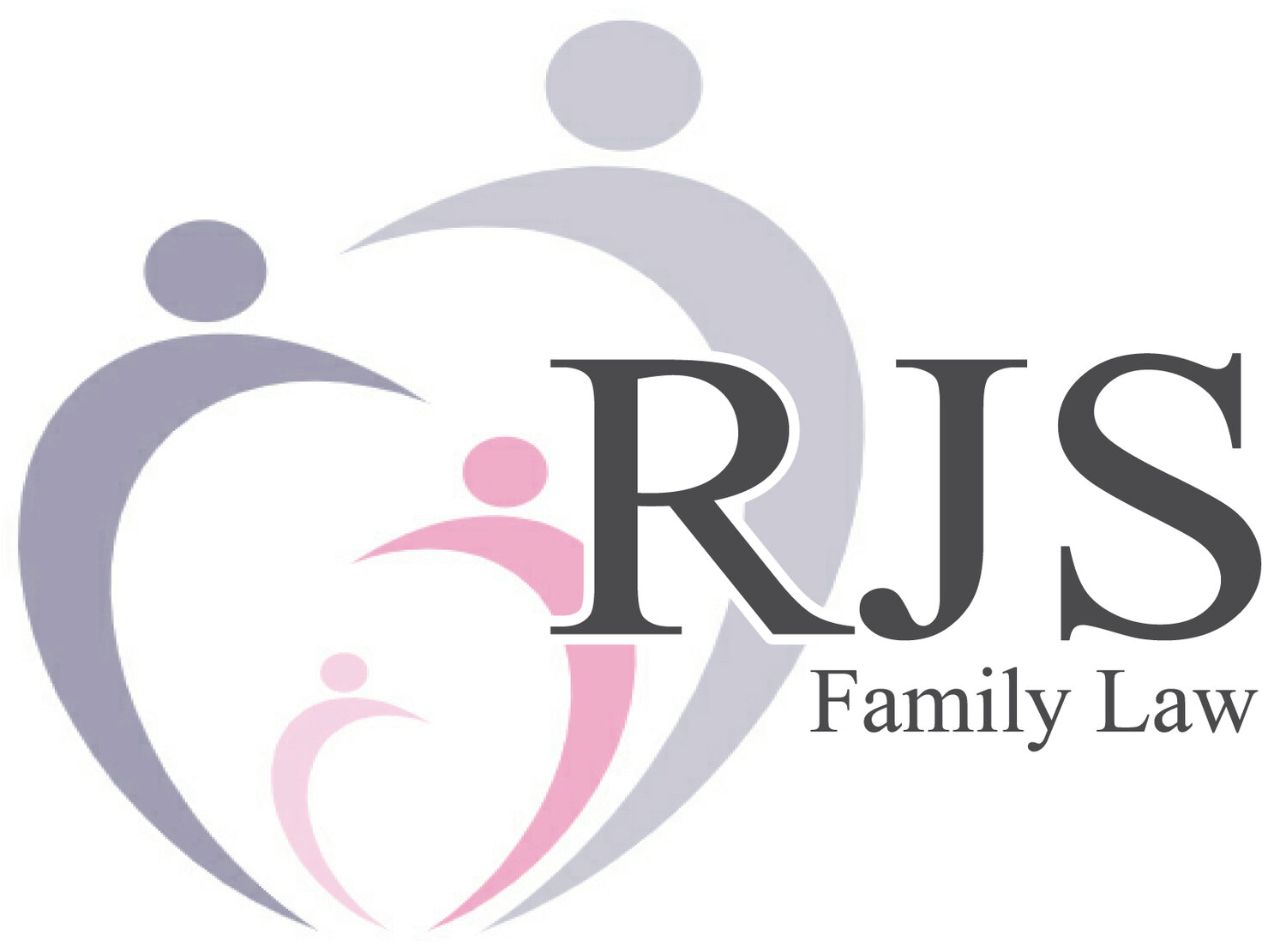How Safe is my Pension if I Get Divorced?
This is a very common question for those who have spent many years building up a healthy pension pot. However, the answer isn’t as straight forward as you might imagine since it depends on so many factors to include your combined assets, the quality of your partners pension fund, what your ex requires as well as where you live in the UK.
When it comes to divorce, you both have to declare all your finances – to include savings, investments and pensions. If you are not married or in a civil partnership, then your pension can’t be touched.
The pension value (often referred to as the CETV or cash equivalent transfer value) can be one of the most significant assets to assess when reaching a divorce settlement – and a spouse is entitled to a share of that pot.
There are several options to split a divorce pension:
1. Pension Sharing Order (PSO). This allows for a clean break since your ex partner can take a percentage share of your pension pot with immediate effect.
2. Pension Offsetting. Where you use the value of your pension to offset other assets such as property. For example, you could keep your pension and your ex be awarded a larger share of the home.
3. Pension Attachment Order. Your ex starts to get payments as you start to withdraw your pension.
It’s important that once you have reached a divorce settlement that a ‘consent order’ is put in place to make your settlement a legally binding agreement. This will prevent your ex from making further claims in the future. Whilst a ‘consent order’ isn’t mandatory, it’s key to protecting your pension moving forwards.
For further information and guidance get in touch today.
